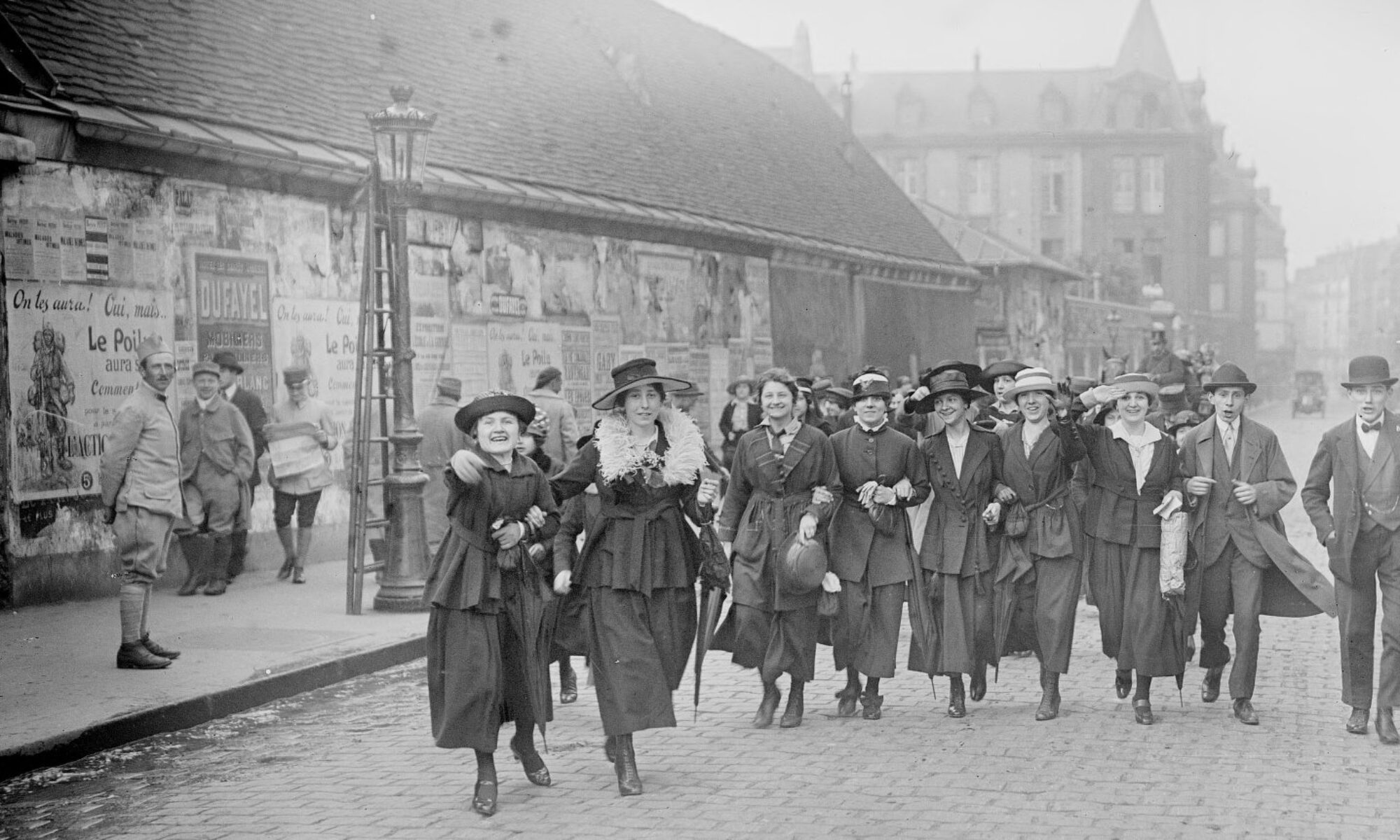
At the dawn of the twentieth century, the Parisian clothing trades saw a remarkable escalation of philanthropic initiatives, labor activism, and reform driven by and on behalf of the more than 80,000 women working in the capital’s couture industry. This book takes the mythos of the Parisian midinette (as these women were commonly known) as its primary field of investigation, and understands this Parisian imaginary as a fantasy with political intention and impact. From the 1880s through the Great War, nostalgia about a certain kind of France was written onto the bodies of these women across French popular culture. The attractive, single, young garment worker with a ready smile and inimitable Parisian taste was featured in countless novels, films, songs, social commentary, and even reform campaigns from the era as an inescapable urban type. She stood in for, at once, the superiority of French taste and craft, and the political and sexual subordination of French women and labor. The midinette was written onto the geography of Paris, by way of festivals, monuments, historic preservation, and guide books. She was also the public face of tens of thousands of real workingwomen whose demands for better labor conditions were modulated, distorted, and, in some cases, amplified by this ubiquitous Romantic type. The book draws upon archival material from the Parisian police, philanthropic organizations, union journals, cartoons, workers’ memoirs, government inquiries, songs, and novels. This book reveals the way that the figure of the midinette inflected labor policy, reform efforts, and the daily lives and labor of Paris’s workingwomen.
BUY WORKING GIRLS HERE
REVIEWS of Working Girls
“Tilburg establishes the centrality of the figure of the midinette to both the fashion economy and the discourse of the working woman. Furthermore, she has opened a productive space to pursue these questions, to engage more deeply with the primacy of visual culture, and to examine working women across class lines. By treating her readers to a dazzling romp through the world of the midinette, the author has also shown how this exhilarating fantasy is inextricable from the labor history of the period and has provided an indispensable resource for future studies.” — Susan Hiner, (Vassar College), Nineteenth-Century French Studies
“Working Girls makes a major and innovative contribution to several subfields of the historiography of modern France … It also contributes significantly to both modern labor and cultural history, especially the history of taste in France … This is an excellent book — an engaging study that adds a lot to our knowledge of modern Paris and modern France, gender and labor history, and the history of taste.” — Tyler Stovall, Distinguished Professor of History, University of California Santa Cruz
“This is the first work I know of that that discovers in popular culture not only a complete acceptance of women working outside the home, but a desire to shape them into something other than wives and mothers. Tilburg unveils a predominantly male bourgeois discourse about working-class women and traces its weight and pervasiveness in the French imagination. She then places that discourse into actual dialogue with its subjects who, in turn, appropriated their bourgeois-created image for their own ends. These handcraft workers emerge as heroines of French taste who provided a cultural counterpoint to bourgeois women’s perceived decadence. Tilburg thereby succeeds in achieving the exceedingly difficult task of using their own words to give these women their proper place in history, one with which historians of culture, labor, gender, and European history will have to contend.” — Elinor Accampo, University of Southern California
“The midinette, a flirty, carefree, tastefully-dressed Parisian garment worker, observed taking her lunchbreak (at midi) in Parisian parks, is integral to the rosy vision we retain of Paris’s ‘Belle Époque’ and its urban spectacles. In Working Girls, Patricia Tilburg powerfully combines social and cultural historical methods to reveal the work this trope performed in the lives of real garment workers: the fantasy of the midinette obscured workers’ hardships and activism while shaping the contours of national identity, philanthropy, labor reform, and worker militancy itself.” –Hannah Frydman, Women’s History Review
